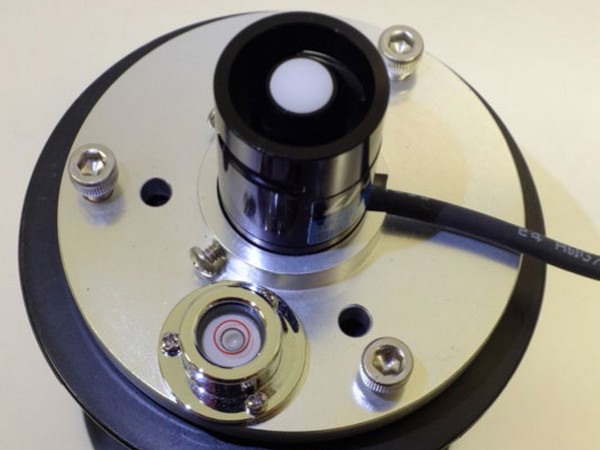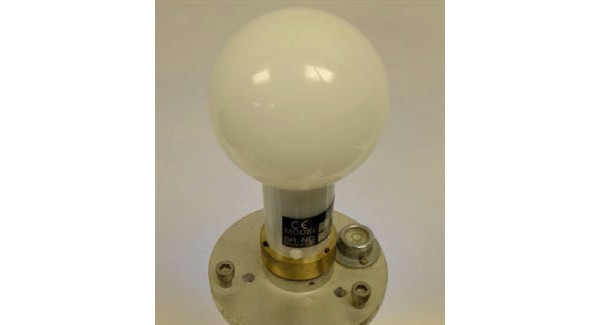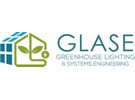The energy source for plant photosynthesis is light. Plants are able to use the energy contained in the photons (light ‘particles’) they receive to drive chemical processes that produce the necessary ‘building blocks’ for plant growth and development. Light is not the only environmental parameter that influences plant growth, so in addition to assessing the light conditions, we also need to measure and control other environmental parameters (e.g., temperature, humidity, carbon dioxide concentration) if we want to optimize the growing conditions. A complicating factor is that many environmental parameters interact, e.g., on sunny days, the air temperature is usually higher; when the air temperature rises, chemical processes are completed faster, and the humidity drops; on colder days less ventilation may be needed for temperature control, but as a result the carbon dioxide concentration may drop too low to sustain adequate photosynthesis. Research has also shown that plants are sensitive to different colors of light (e.g., red light often enhances stretching, while blue light can impact the production of leaf pigments).
by Dr. A.J. Both
As a result, the optimization of plant growing conditions is more complicated than is often assumed. Plants are capable of adjusting to a (wide) range of environmental conditions, but if you want to grow plants in controlled environments with the goal of maximizing their production, it usually pays to make every effort to provide the very best growing conditions. Note that these optimum conditions can change depending on the crop grown, the growing system used and the development stage of the plant.
When we talk about light in the context of growing plants, we typically use a scientific definition for the amount of light that plants use for photosynthesis. Scientists call this light Photosynthetically Active Radiation (abbreviated as PAR) and the specific wavelengths associated with PAR are slightly different than the wavelengths the average human can see with their eyes. This (scientific) distinction is relatively small, but requires us to use different instruments (sensors) when we want to quantify PAR. It turns out that the average human eye is not very good at assessing (small) differences in light intensity, but such (small) differences can have a distinct impact on plant growth and development. Therefore, it is important to use the correct sensor when we want to assess the amount of available light that plants might be able to use for photosynthesis (note the use of the word ‘might’: when a particular amount of light is available, that does not necessarily mean that plants will use all of it).
The use of PAR sensors is widely accepted in the research community, and more and more commercial growers are now also using these sensors to measure the amount of light available for photosynthesis. Good PAR sensors cost several hundred dollars and need to be calibrated periodically but provide an excellent way to assess plant productivity. These sensors are often an integral part of the environmental control system and as a result, their measurements are recorded frequently throughout the crop production cycle. Such records allow researchers to refine their crop growth models and give commercial growers valuable insights in the environmental conditions experienced by the plants.
Commercial greenhouse growers that use PAR sensors encounter some practical challenges regarding their use. For example, how many sensors should be used and where should those sensors be placed? Typical recommendations include statements such as: Place the sensor at a representative location at the top of the plant canopy and make sure that the plant leaves do not shade the sensor. Identifying a representative location will require some consideration, including shade patterns created by overhead structural components (greenhouse structure), overhead environmental control devices (heating pipes, energy curtains, supplemental lighting systems), and any additional overhead crops (e.g., hanging baskets). Determining how many sensors to use often involves considering the cost per sensor, the complexity of processing additional sensor information, the number of crops being grown and their light requirements, and whether a supplemental lighting system is used to augment the amount of sunlight received.
Typical stationary PAR sensors (a.k.a. quantum sensors; Figure 1) measure the amount of light received on a horizontal surface. In other words, they assess the amount of light received from the hemisphere (dome) that extends upward from the horizontal surface (plane) at which the sensor was placed.
Figure 1: Regular quantum sensor attached to a leveling plate. The diameter of the sensor body (black) is 2.36 cm (0.93 inches). The sensor measures the amount of incoming photosynthetically active radiation (400-700 nm) from the hemisphere (dome) that extends upward from the horizontal plane at which the (top of the) sensor is placed.
This works well when the PAR sensor is mounted at or just above the top of the canopy, but as light penetrates deeper into a plant canopy, some of it will be reflected from the various plant surfaces, resulting in a more spherical light environment. Typical stationary PAR sensors are not able to properly measure a spherical light environment, so if we want to assess the spherical light environment within a plant canopy, we need to use a different approach. It turns out that we can use a so-called spherical quantum sensor (Figure 2). The advantage of such a sensor is that it is better capable of measuring the true light conditions within a plant canopy, and therefore the measurements might give us better insights in the amount of light available for plants. Such a sensor would be especially useful for assessing taller crops grown in rows (e.g., tomatoes, peppers, cucumbers).
Figure 2: Spherical quantum sensor attached to a leveling plate. The diameter of the globe is 6.1 cm (2.4 inches). The sensor measures the amount of incoming photosynthetically active radiation (400-700 nm) from (almost) all directions (note that the stem of the sensor obstructs (some portion of the) light coming from below the sensor.
We have acquired such a spherical quantum sensor and plan to evaluate it by comparing its measurements with measurements acquired using typical quantum sensors. We plan to design a measurement system that can be mounted within a plant canopy for long-duration data recording (Figure 3). We hypothesize that measurements with the spherical quantum sensor will give us a better insight into the true light environment within taller canopies. This information should help us improve the predictive value of crop growth models, as well as help us better manage the light environment, including any supplemental lighting provided, for greenhouse crop production.
Figure 3: Proposed measurement setup for comparing the PAR intensity using a spherical quantum sensor (on the left) with the measurements from two standard PAR sensors (on the right), one facing upward and another facing downward. This setup will be used to evaluate the light environment within taller plant canopies (e.g., vine crops such as tomato and pepper).
We predict that improved management of the light environment will ultimately result in improved crop quality and cost savings. Stay tuned.
Corresponding author: Dr. A.J. Both is a Professor at Rutgers University and GLASE Researcher. Contact: both@sebs.rutgers.edu
The Greenhouse Lighting and Systems Engineering (GLASE) consortium is funded by NYSERDA and its Industrial Members.
For more information: Greenhouse Lighting and Systems Engineering
Greenhouse Lighting and Systems Engineering
Dr. Erico Mattos
em796@cornell.edu
glase.org
